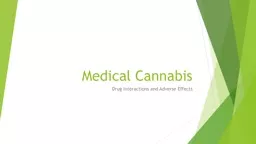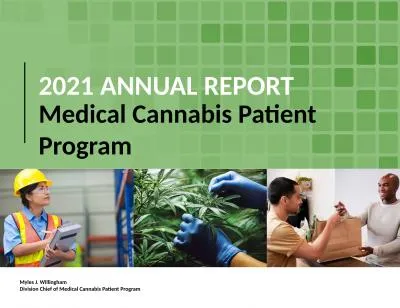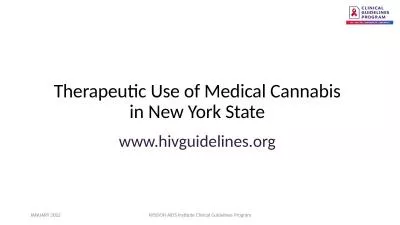PPT-Introduction In two-thirds of the United States (U.S.) medical cannabis is available by
Author : vestibulephilips | Published Date : 2020-08-27
Qualifying medical conditions are typically defined on a state level and are required to permit the order of medical cannabis Objectives To identify and map the
Presentation Embed Code
Download Presentation
Download Presentation The PPT/PDF document "Introduction In two-thirds of the United..." is the property of its rightful owner. Permission is granted to download and print the materials on this website for personal, non-commercial use only, and to display it on your personal computer provided you do not modify the materials and that you retain all copyright notices contained in the materials. By downloading content from our website, you accept the terms of this agreement.
Introduction In two-thirds of the United States (U.S.) medical cannabis is available by: Transcript
Download Rules Of Document
"Introduction In two-thirds of the United States (U.S.) medical cannabis is available by"The content belongs to its owner. You may download and print it for personal use, without modification, and keep all copyright notices. By downloading, you agree to these terms.
Related Documents














